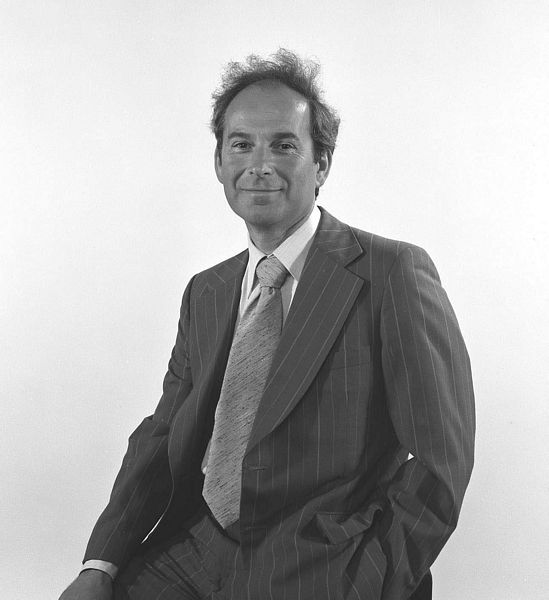


Geoff Manning's main involvement with the Atlas Computer Laboratory was concerned with its merger with the Rutherford High Energy Laboratory. Geoff was Deputy Director of Rutherford at the time and after Jack Howlett's retirement he ran the Atlas Laboratory activities via the Atlas Computing Division (ACD) of the Rutherford Laboratory. He had a strong interest in computing and for many years was the champion for computing activities within SERC and EPSRC. Bob Hopgood took over the running of the two computer Divisions (C&A and ACD) on Bill Walkinshaw's retirement. An interesting coincidence is that Bob Hopgood grew up in the small Hertfordshire town of Baldock at the time as Geoff Manning was evacuated there.
From Geoff's Obituary in The Times, 2006:
Geoffrey Manning was an experimental physicist who became director of the Rutherford Appleton Laboratory (RAL) at Chilton, near Didcot, in Oxfordshire. Currently RAL has a staff of about 1,200 who support the work of more than 10,000 scientists and engineers, mainly university researchers.
RAL's facilities support research into a wide range of new materials and structures, as well as into X-ray laser research and space-based astronomy. In addition, it co-ordinates research into particle physics.
The RAL can trace its history back to 1921 through its links with the Appleton Laboratory (originally called the Radio Research Station), which was located at Ditton Park, Slough. In 1957 the Rutherford High Energy Laboratory was established at the Chilton site, as part of the National Institute for Research in Nuclear Science. The two laboratories were merged in 1979 to form the RAL. The Science Research Council originally operated RAL; since 1995 the Council for the Central Laboratory of the Research Councils (CCLRC) has operated it.
Geoffrey Manning was born in 1929 in the Salvation Army Hospital in Hackney, East London. He grew up in a council house in North London. His father, Jack Schwartz, a Russian Jewish emigre, abandoned the family soon after Geoffrey was born, leaving his wife, Ruby, who had left school at the age of 12 with little formal education, to raise her two children alone.
In the Second World War, Manning was evacuated to Baldock, Hertfordshire. A clever boy, he gained a place at Tottenham Grammar School, Middlesex. After serving for a short period in the Royal Air Force, he went to Imperial College, London, to study physics. After graduating, he stayed on at Imperial to takes his PhD.
Between 1953 and 1955 he worked as an assistant lecturer in physics at Imperial College and then as a researcher at the English Electric Company. In 1956 he went to Canada to take up a post with the Canadian Atomic Energy Company at Chalk River, Ontario. In 1958 he moved to the California Institute of Technology based at Pasadena.
In 1960 he returned to England to join the Atomic Energy Research Establishment at Harwell, Berkshire. In 1965 he moved to the Rutherford Laboratory as a group leader. In 1969 he became deputy director of the laboratory and, in 1979, the director of RAL. He retired in 1986.
During his directorship Manning broadened the research base of RAL, attracting Japanese, German and Indian funding. He oversaw the design and construction of ISIS, opened by Margaret Thatcher in October 1985. ISIS, currently the most powerful neutron source of its type in the world, is used to probe the structure and properties of matter.
In 1986 Manning was appointed CBE and he was awarded the Glazebrook Medal and Prize by the Institute of Physics for services to science.
After retiring as director of RAL, he became a visiting professor in the Department of Physics and Astronomy, University College London. In 1994 and 1995 he was a visiting scientist at the Fermi National Accelerator Laboratory in Batavia, Illinois.
Manning spent his last years making silverware, building furniture and inventing a novel do-it-yourself product. He was a competitive sportsman: he skied whenever possible, and played squash for more than 50 years and golf for 30 years. He was a devoted family man.
Manning is survived by his wife, two sons and a daughter.
Geoffrey Manning, CBE, experimental physicist and director of the Rutherford Appleton Laboratory, 1981-86, was born on August 31, 1929. He died on December 21, 2006, aged 77.